
Houseplants have an amazing way of making any home feel more vibrant and fresh. Most houseplants serve to enhance the atmosphere, improve the air quality, and provide a sense of calm, but not all plants are suitable for your home’s interior. Indeed, some of them may pose hidden risks to children or pets. Certain plants can also trigger allergies or require living conditions that are difficult for any but the most experienced plant owner to maintain.
Before you select a plant, it is essential to understand a particular plant’s drawbacks to ensure that it fits your lifestyle and environment. A more thoughtful plant selection will allow you to create a worry-free and hassle-free garden.

Always consider your own circumstances when choosing which houseplants for your living space. Not everyone’s home environment, lifestyle, and household partners are the same, so it makes sense that your houseplant choices might be different from those of your neighbor. For instance, a houseplant that is toxic for pets might be entirely suitable for people who do not own pets. You should follow your own best judgement in selecting houseplants.
Oleander

Oleander is an evergreen shrub with white, pink, or red flowers. It is popular as an outdoor plant because of its drought resistance, but it is also adaptable for indoor growth.
All parts of this plant, including the leaves, flowers, stem, and sap, contain toxic compounds, one called oleandrin. This can cause severe consequences if ingested in even small amounts. Symptoms of ingesting the plant include nausea, vomiting, abdominal pain, irregular heart rhythms, and in severe cases, cardiac arrest. Even handling the plant can cause skin irritation and rashes in people with sensitive skin. This houseplant should be avoided in homes with pets and/or children, and it should be handled by anyone with care.
Caladium
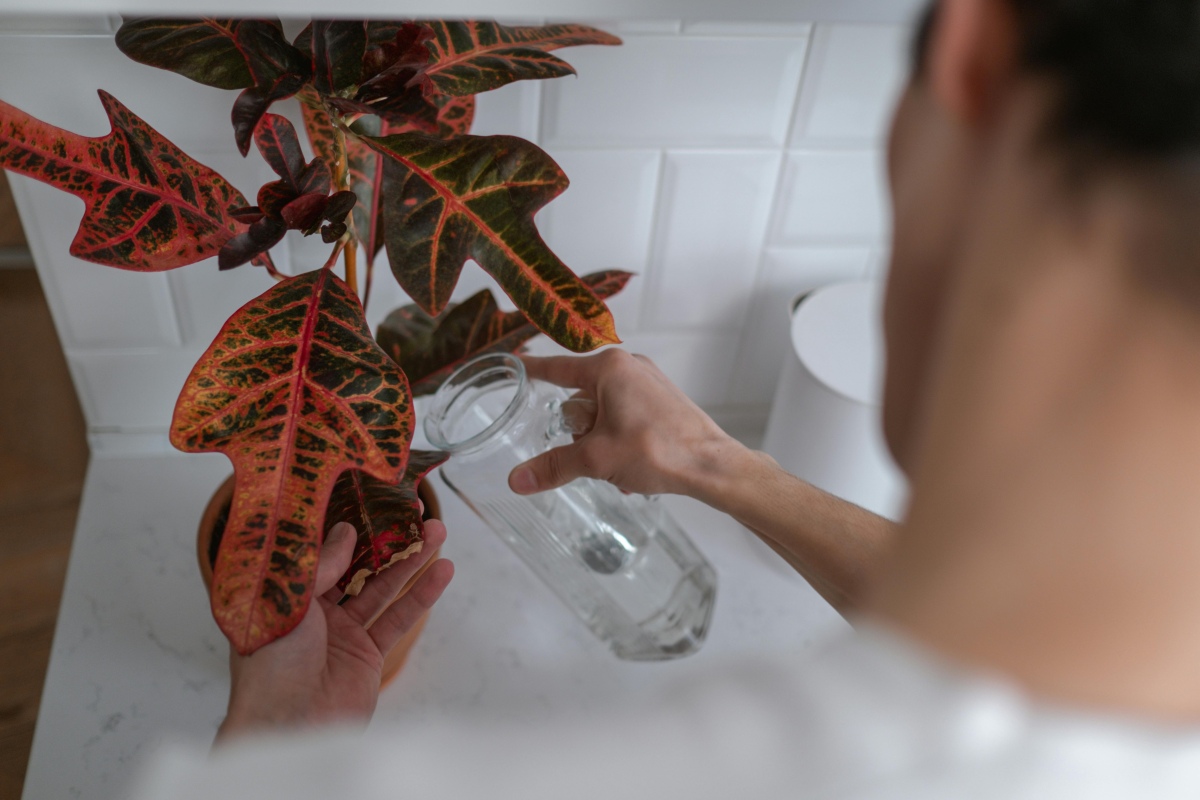
Caladium are tropical plants that have variegated, heart-shaped leaves in colors including green, pink, and red. Even though this plant is beloved for its graceful beauty, all parts of this plant contain calcium oxalate crystals, which can cause significant irritation if ingested. Eating this plant may cause a burning sensation in the mouth, throat, and gastrointestinal tract. Drooling, nausea, vomiting, and difficulty swallowing are other possible side effects. The large leaves can also be a choking hazard if swallowed.
These plants are best kept away from pets and small children who may be attracted to their colorful leaves.
Sago Palm
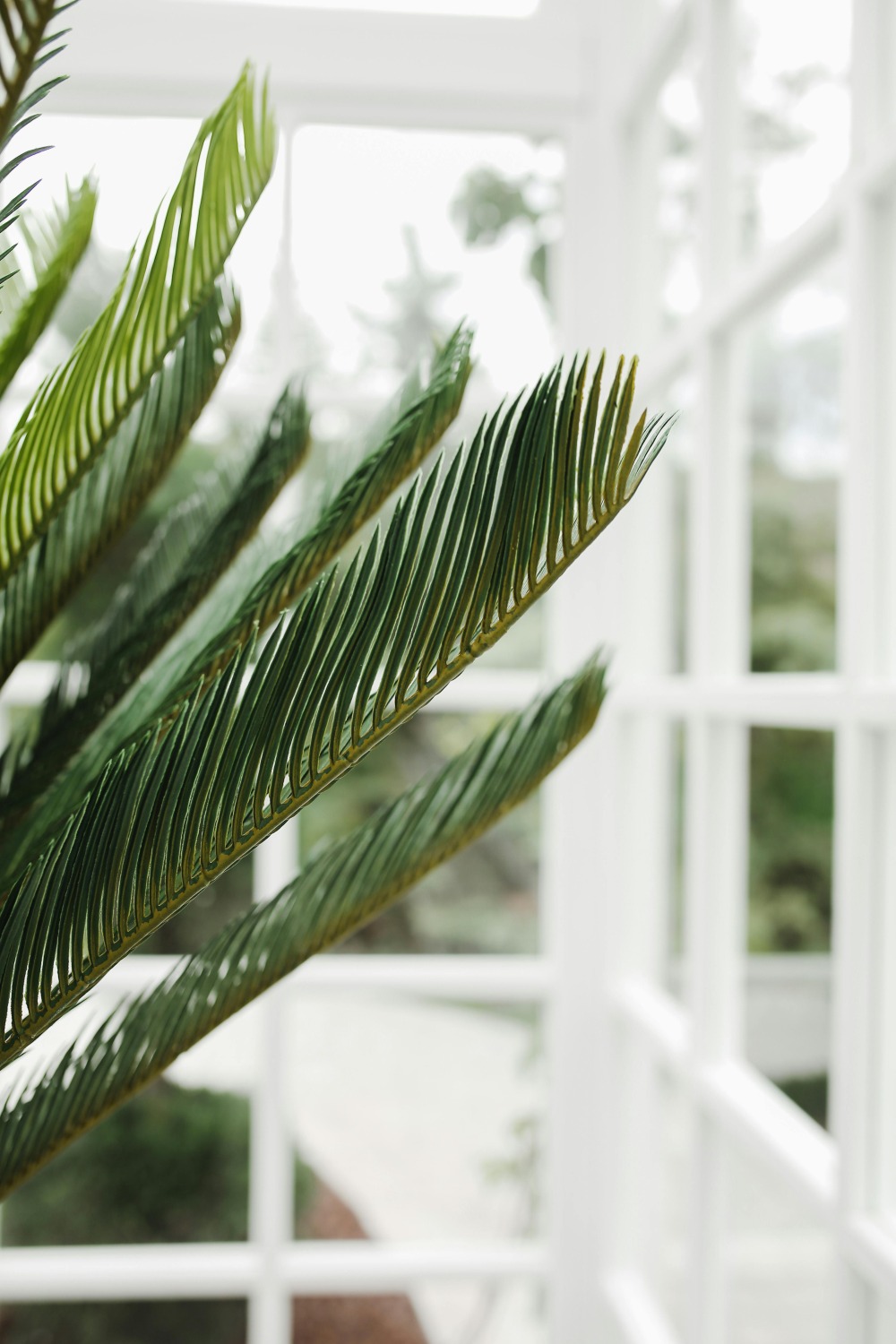
The sago palm is a popular houseplant because of its striking and ornamental palm-like appearance. However, this houseplant is highly toxic to animals and humans. All parts of this plant, especially the seeds, contain cycasin. Ingesting this toxin, in even small amounts, can result in vomiting, diarrhea, lethargy, and liver failure.
For pets, particularly dogs, the consequences of eating this plant are often fatal without immediate treatment. Signs that a pet has been poisoned by this plant include excessive thirst, bruising, and neurological signals, such as tremors or seizures. Given the high toxicity of this plant, it is best kept out of homes with small children and pets.
Easter Lilies/Day Lilies
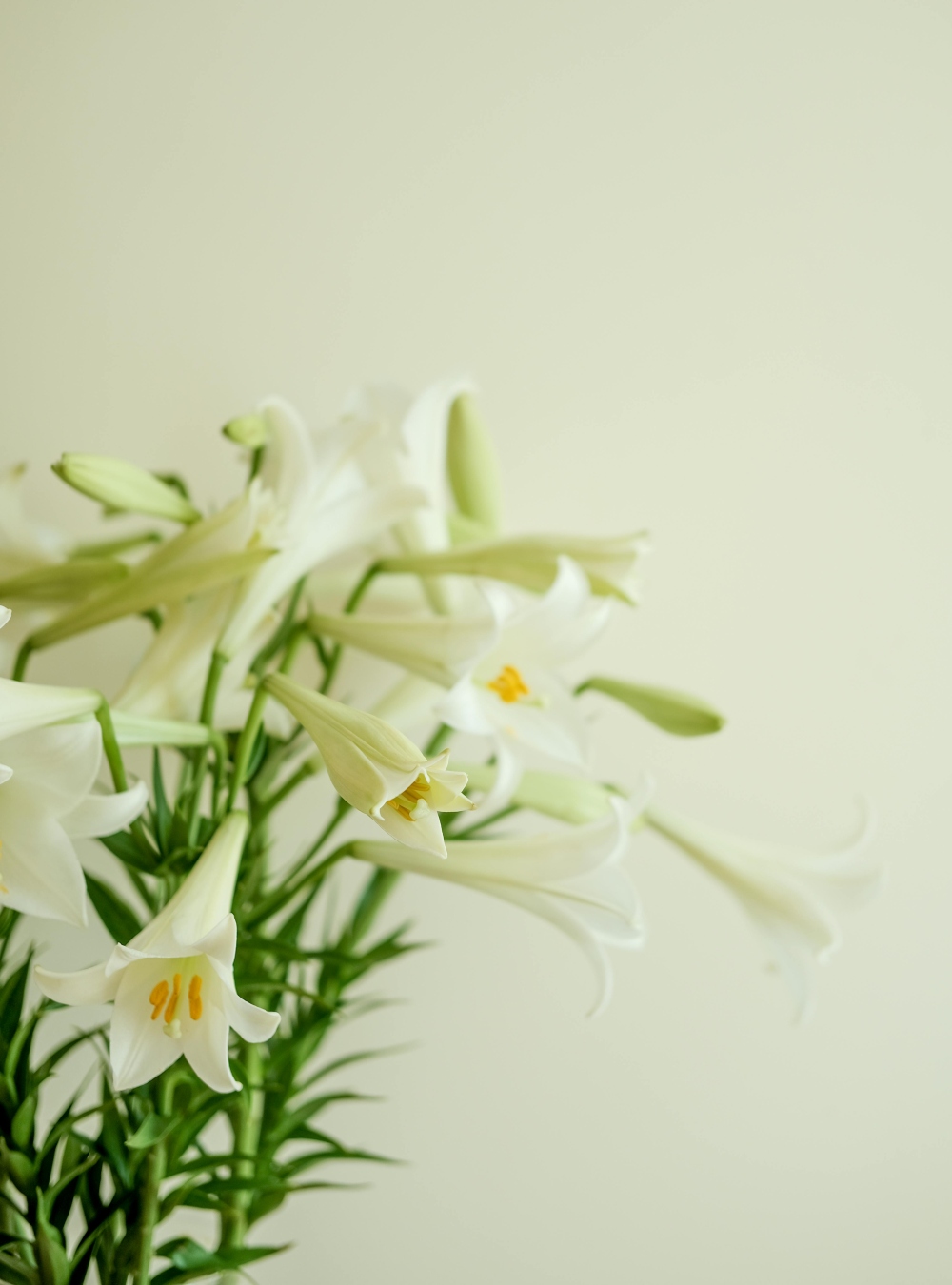
Lilies, like Easter or day lilies, are popular during the spring season because of their attractive and fragrant blooms and their symbolism of rebirth and renewal. Unfortunately, these plants are extremely toxic for cats, with all parts of the plant posing a serious health risk. Ingesting a lily, even in small amounts, can cause liver failure in cats. Early symptoms of poisoning include drooling, vomiting, and lethargy, which can progress to more serious effects, such as dehydration and disorientation. This can potentially lead to fatal consequences if left untreated.
This plant is not toxic for dogs or humans, but it is best kept out of homes with cats as pets.
Peace Lily
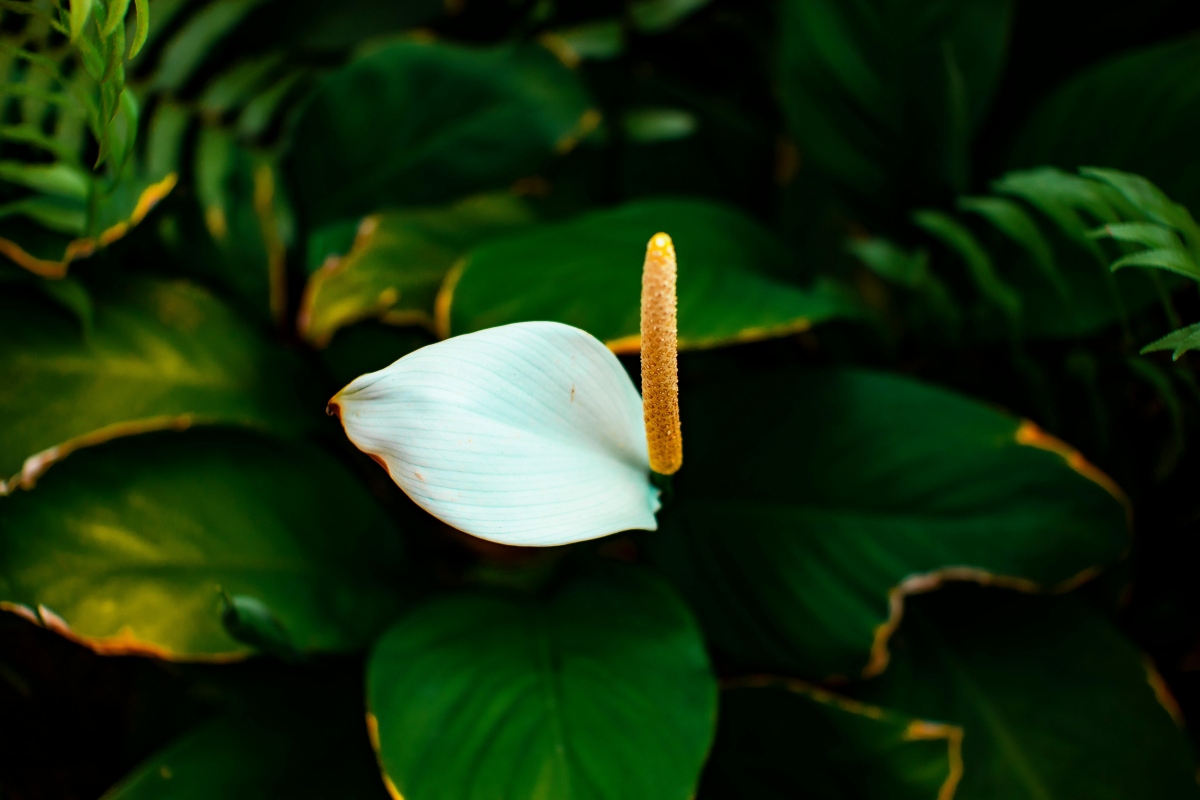
Friedenslilien sind aufgrund ihrer pflegeleichten Beschaffenheit, ihrer glänzend grünen Blätter und attraktiven weißen Blüten eine beliebte Zimmerpflanze. Trotz ihrer weiten Verbreitung können diese Pflanzen aufgrund der Calciumoxalatkristalle in den Blättern und Blüten eine Gefahr für Mensch und Haustier darstellen.
If peace lilies leaves or flowers are ingested, they can cause swelling of the mouth and throat, drooling, and difficulty swallowing. Even though this is rarely life-threatening, it can be distressing, especially for small pets, and require a costly vet visit. Because of its negative side effects, this plant works best in homes with older children and no pets.
Aloe Vera
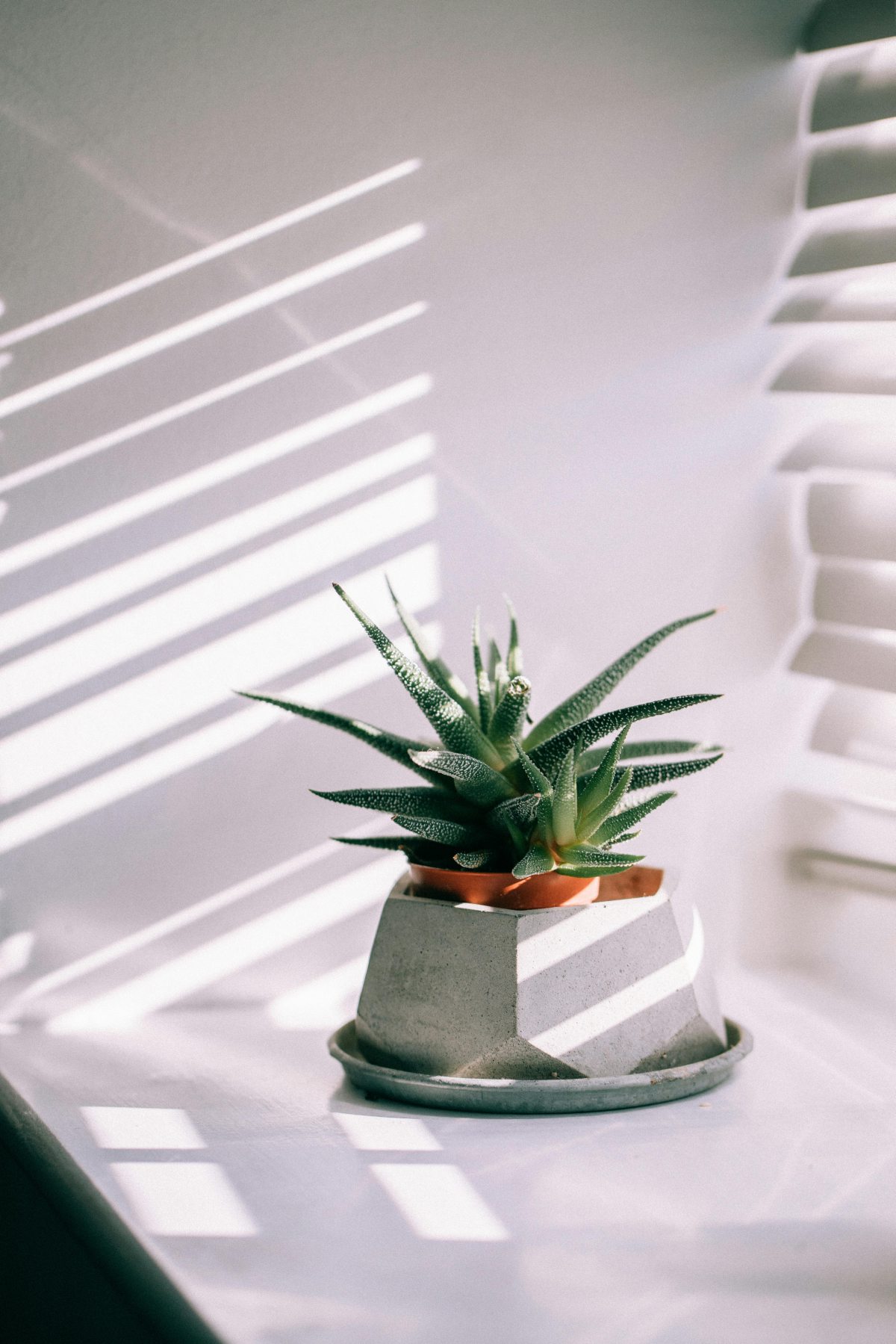
Aloe Vera ist eine beliebte Zimmerpflanze, da ihre fleischigen Blätter ein Gel enthalten, das Hautreizungen lindern soll. Während das Gel für Menschen medizinische Vorteile hat, kann Aloe Vera bei Haustieren Reizungen verursachen, wenn sie es fressen.
Aloe vera plants have a compound called anthraquinones, which can have a laxative effect and cause vomiting, diarrhea, lethargy, and abdominal pain in pets. Humans should also avoid consuming aloe vera because consuming aloe latex can result in some of the same side effects, such as abdominal irritation and kidney problems with prolonged use. Topical use of aloe may also cause skin irritation in certain people. Because of the potential negative side effects, it is best to keep this plant out of reach of animals.
Efeutute
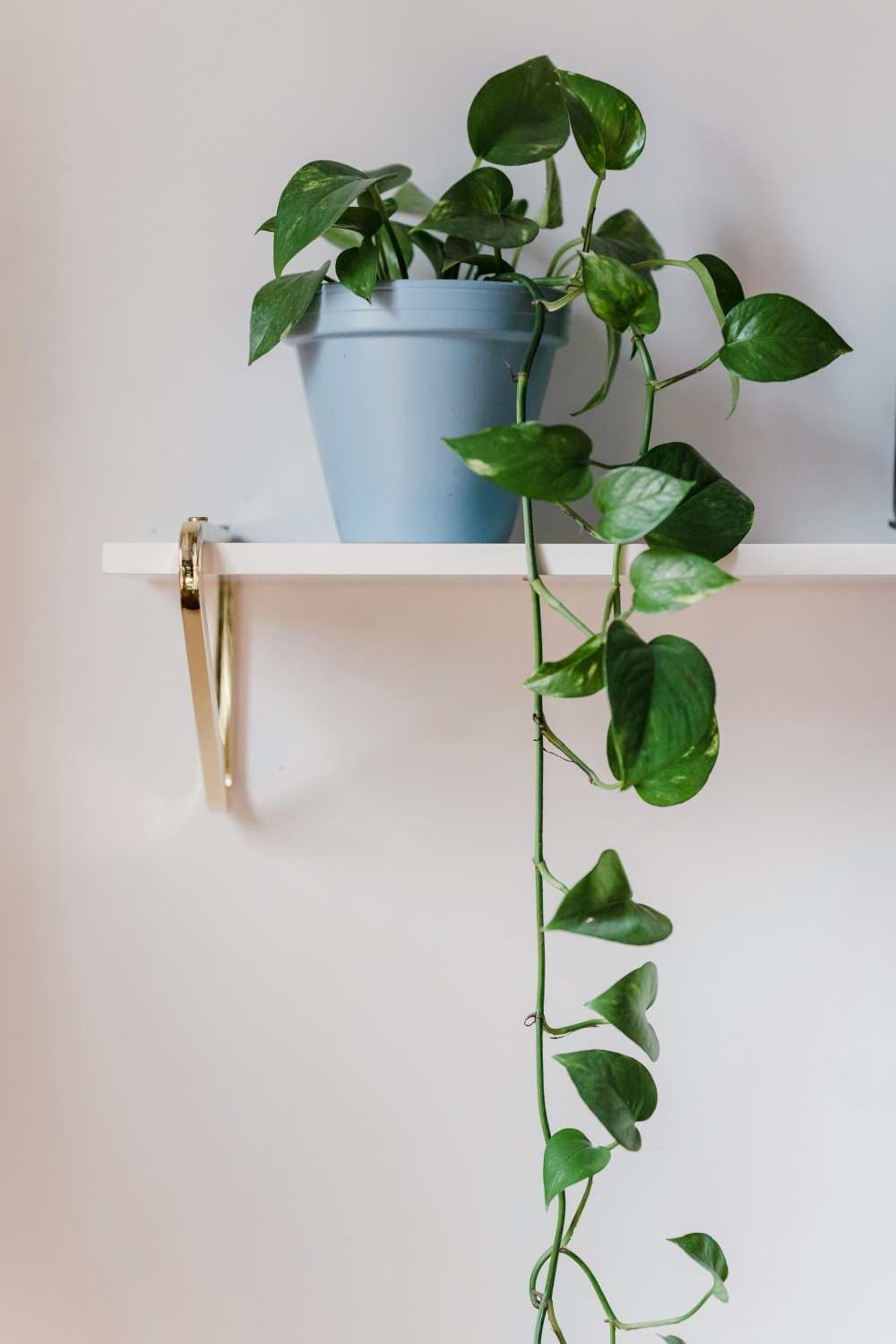
Pothos, also known as devil’s ivy, is a popular houseplant due to its ease of growth and graceful trailing leaves. Pothos leaves, like other houseplants, contain calcium oxalate crystals, which can be harmful to the health of small children and pets, but are especially harmful to cats and dogs. Consuming this plant, in particular, can cause irritation and swelling in the mouth and throat. If your pet eats this plant, you may notice them drooling, vomiting, or having difficulty swallowing.
Aufgrund des üppigen Wachstums und der kriechenden Wuchsform dieser Pflanze ist es schwierig, sie von Kindern und Haustieren fernzuhalten, aber Sie sollten Ihr Bestes tun, um sie außer Reichweite zu halten.
Birkenfeige
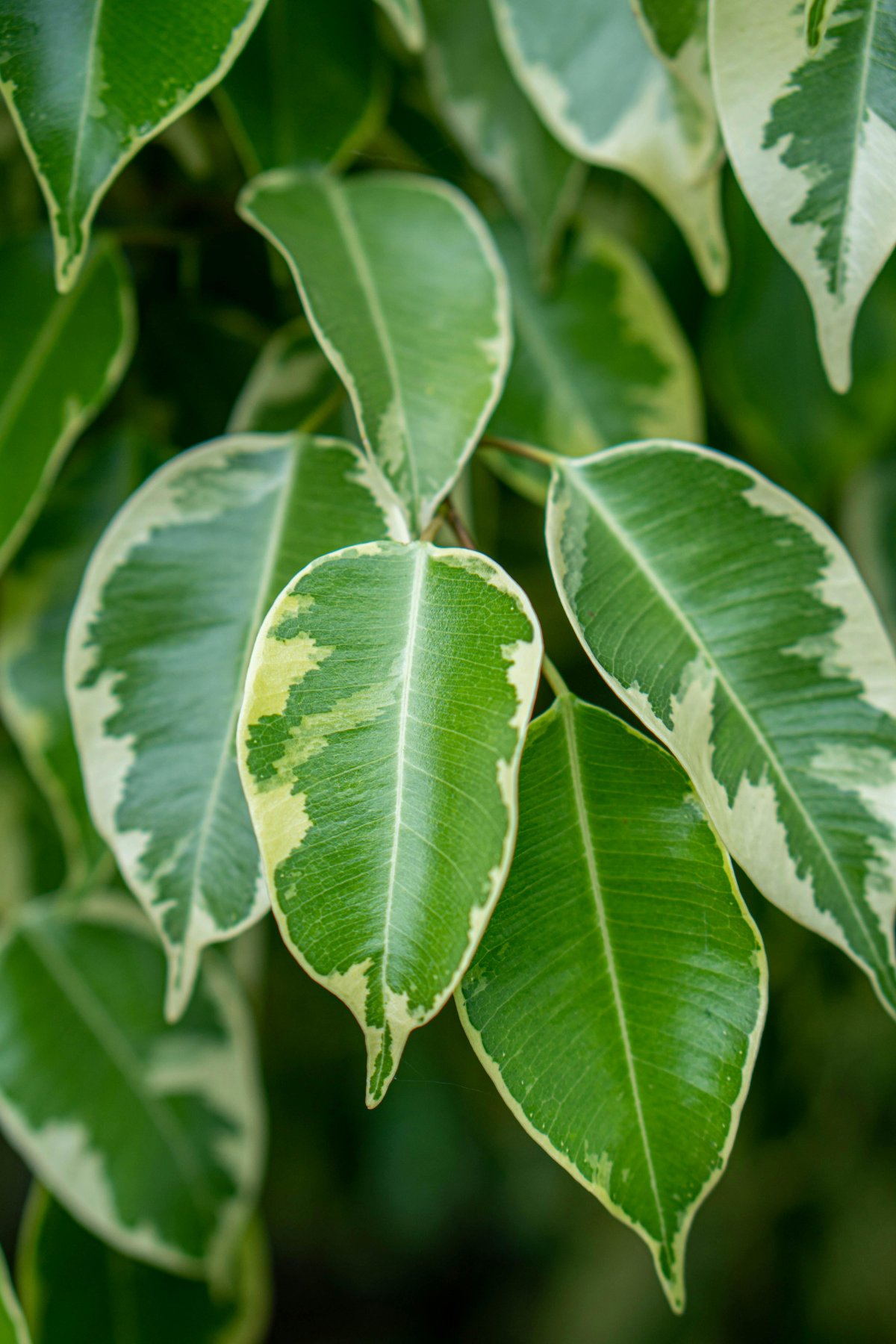
Weeping figs are popular indoor trees thanks to their graceful, arching growth pattern and lush green foliage. These trees produce latex sap, which can cause allergic reactions, such as skin rashes and dermatitis. This is especially true for those who are allergic to latex.
Birkenfeigen können auch Probleme verursachen, wenn die Blätter gegessen werden, wie Übelkeit und Erbrechen, insbesondere bei Haustieren. Obwohl sie nicht als giftig gelten, müssen Sie möglicherweise vorsichtig sein, wenn Ihr Haustier eine Neigung zeigt, Blätter zu fressen. Wenn Sie vermuten, dass Ihr Haustier Birkenfeigenblätter gefressen hat, achten Sie auf Symptome wie Speichelfluss oder Verdauungsbeschwerden.
Euphorbia
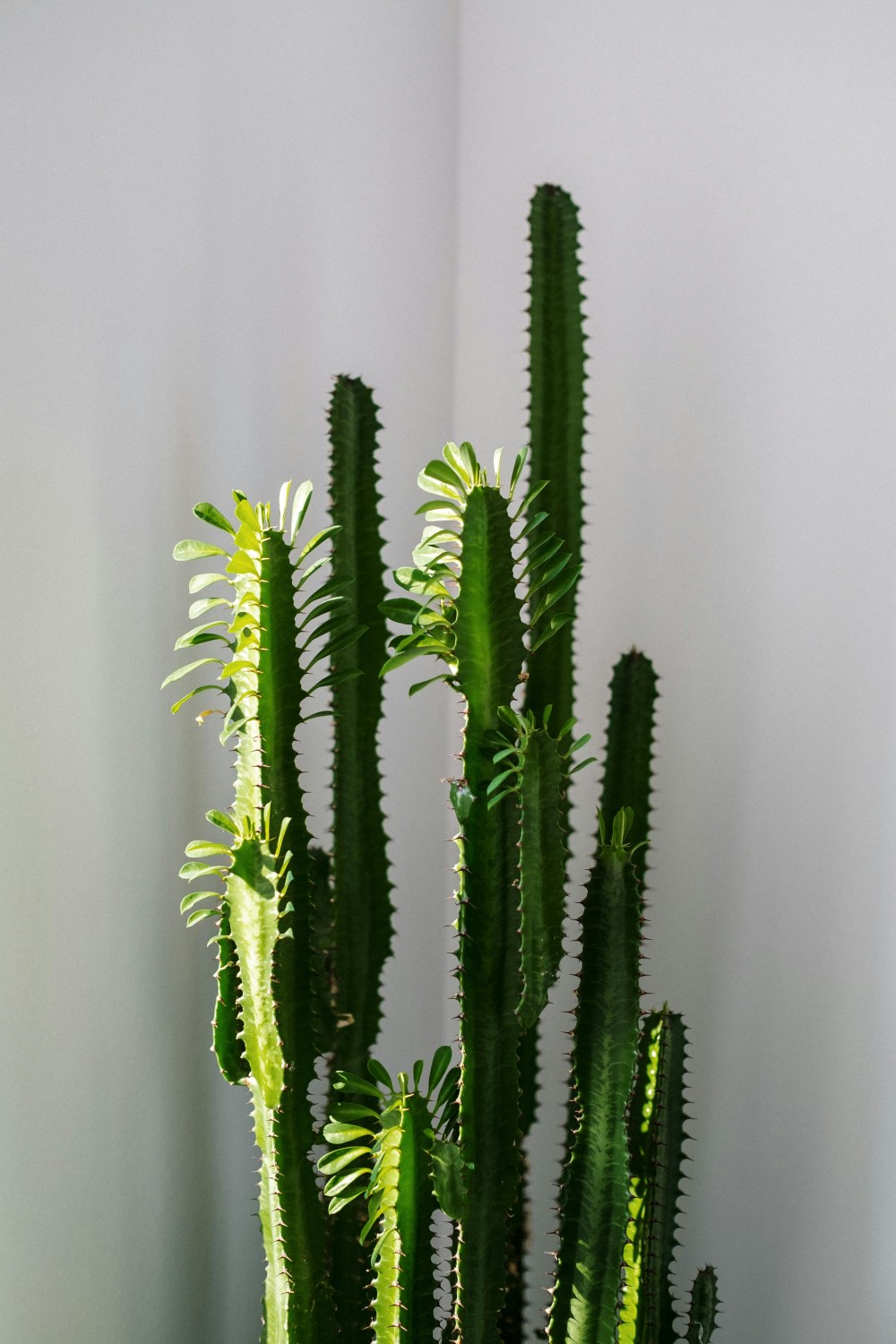
Euphorbia ist eine große Pflanzengattung, zu der auch der beliebte Weihnachtsstern gehört. Euphorbien sind für ihre charakteristischen Formen und farbenfrohen Hochblätter bekannt, produzieren jedoch einen milchigen Latexsaft, der für die Gesundheit von Mensch und Tier schädlich sein kann. Dieser Saft enthält Verbindungen, die Hautreizungen wie Ausschläge, Juckreiz und Rötungen verursachen können.
Wenn Tiere oder Menschen diese Pflanzen verzehren, kann dies zu ernsteren gesundheitlichen Komplikationen wie Übelkeit, Erbrechen und Durchfall führen. Insbesondere Euphorbia kann bei Katzen und Hunden Magen-Darm-Beschwerden verursachen.
Kakteen

Kakteen haben eine einzigartige und erkennbare Form und leuchtende Blüten, die sie zu einer beliebten Ergänzung für manche Innengärten machen. Bestimmte Pflanzen haben scharfe Dornen und Stacheln, was sie für Haushalte mit neugierigen Kindern oder Haustieren ungeeignet machen kann. Ein versehentlicher Kontakt mit Kakteen kann zu Stichwunden und Kratzern führen, die, wenn sie unbehandelt bleiben, zu Infektionen führen können. Einige, wie der Feigenkaktus, haben auch Saft, der Hautreizungen verursachen kann.
Obwohl sie nicht giftig sind, kann der Verzehr bestimmter Kakteen Übelkeit und Erbrechen verursachen. Außerdem besteht das Risiko und Unbehagen, das mit dem Verzehr scharfer Stacheln verbunden ist. Um diese Risiken zu verringern, bewahren Sie Kakteen außerhalb Ihrer Reichweite auf und tragen Sie beim Umgang mit ihnen Handschuhe.
Dummstock
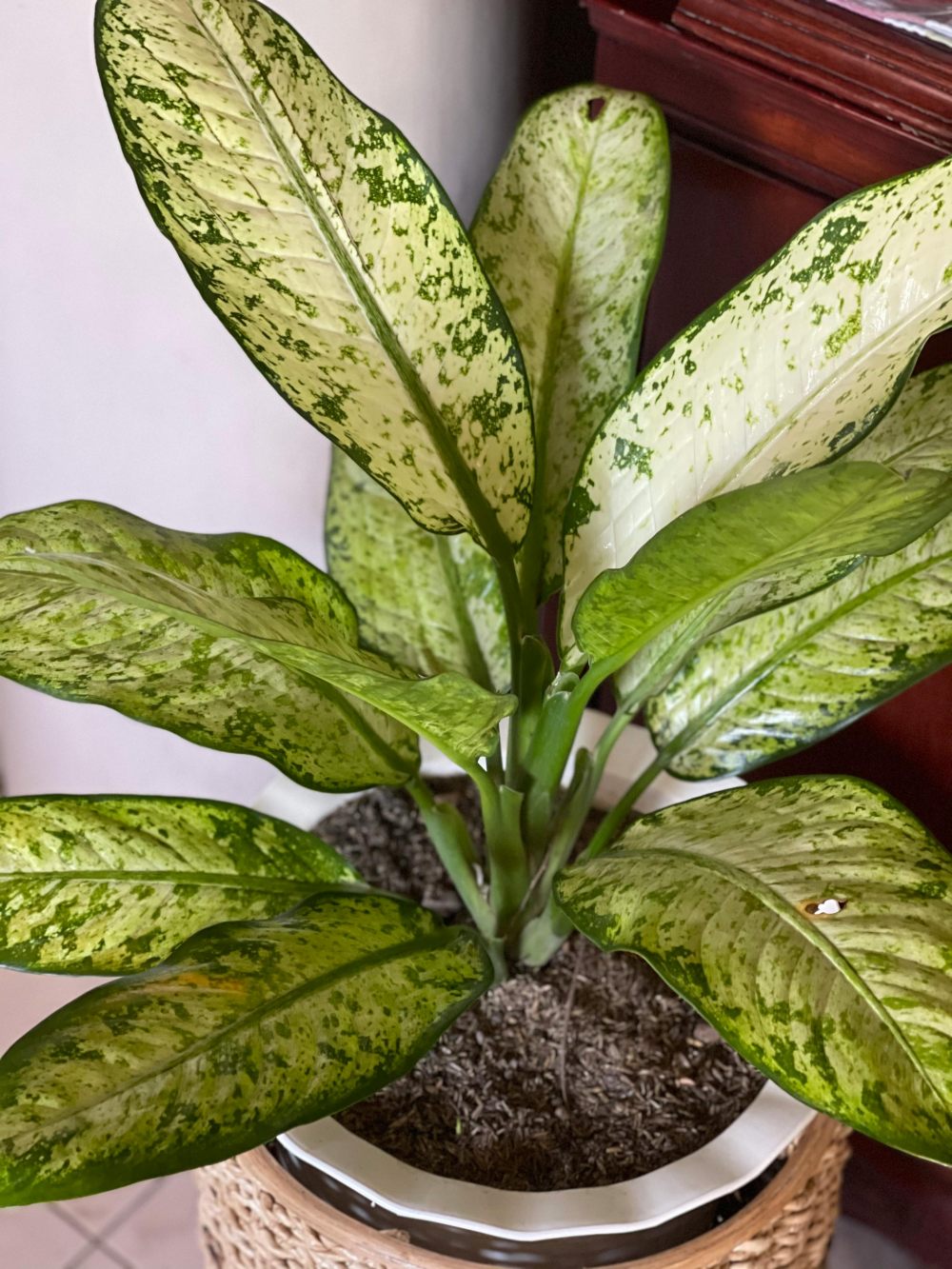
Die Dieffenbachie ist wegen ihres üppigen Blattwerks und ihrer interessant bunten Blätter eine beliebte Zimmerpflanze. Diese Pflanze enthält außerdem in allen Teilen Calciumoxalat, sodass sie erhebliche Gesundheitsrisiken birgt. Schon in kleinen Dosen kann diese Pflanze schwere Reizungen im Mundbereich verursachen, darunter Brennen im Mund und Rachen, Schwellungen und Schluckbeschwerden. Jemand, der sabbert, sich erbricht oder Atemnot hat, hat möglicherweise einige Blätter der Dieffenbachie verzehrt.
In großen Mengen verzehrt kann Dieffenbachia für Menschen und Haustiere tödlich sein. Menschen mit empfindlicher Haut können durch den Umgang mit der Pflanze Hautreizungen erleiden. Tragen Sie beim Umgang mit dieser Pflanze Handschuhe und halten Sie sie vom Boden fern, um kleine Kinder und Haustiere zu schützen.
Wenn Ihnen unsere Seite gefällt, teilen Sie sie bitte mit Ihren Freunden & auf facebook.